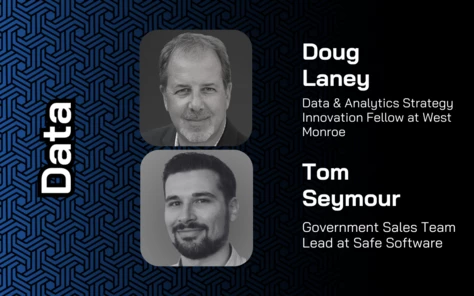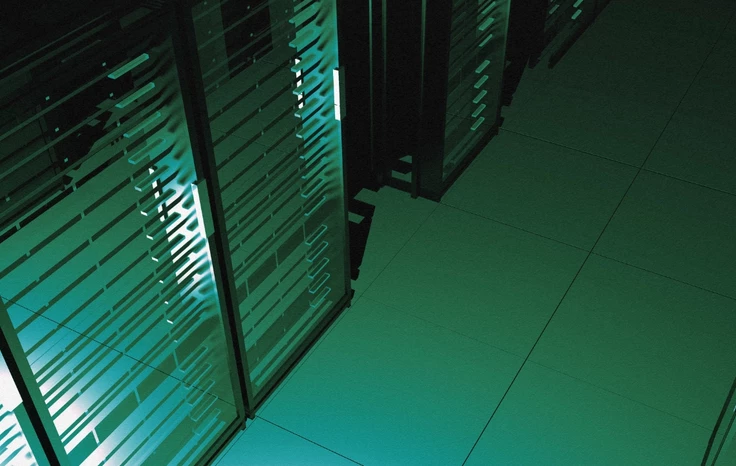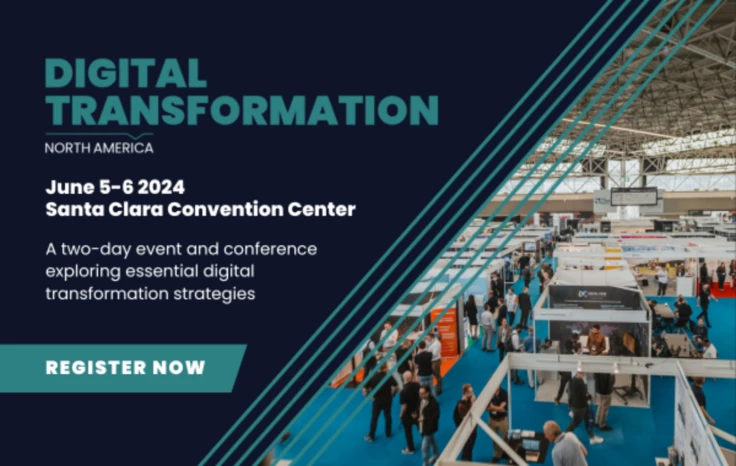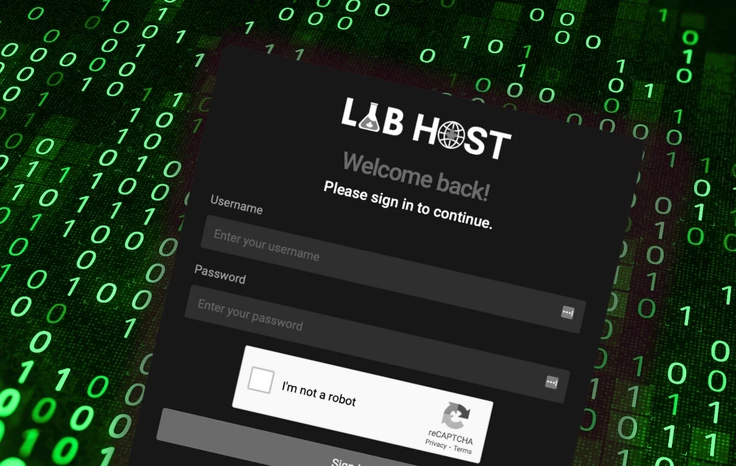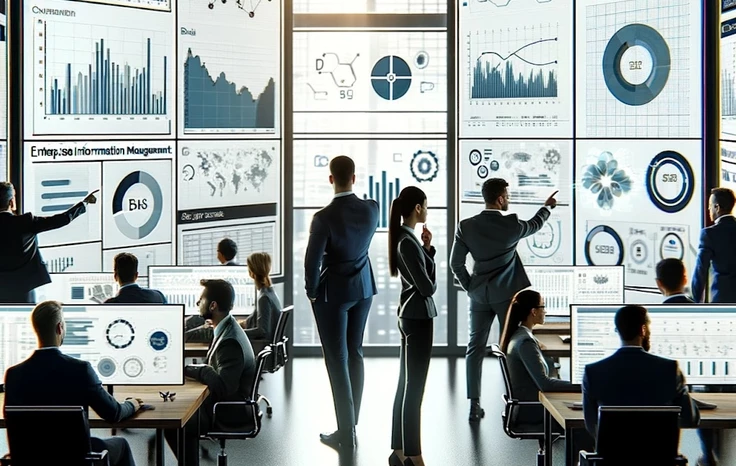What is Health Technology? Definition, Benefits, Challenges
Top 10 Strategic Technology Trends for 2020
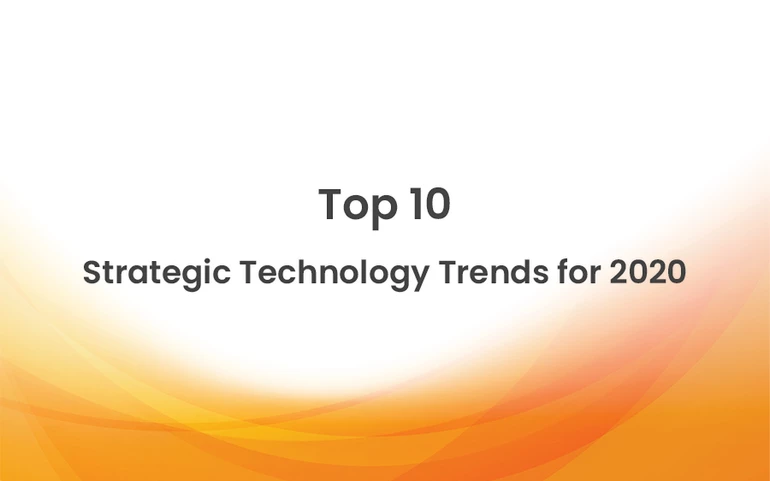
As the new year makes headway, that means another slew of technology trends to uncover and leverage. Although it’s difficult to know for sure which tech strategies are going to change your business this year, it’s worth considering some of the discussions that analysts and leaders consider to be essential to the future of the industry.
For instance, one of the most popular analytics companies in the world today, Gartner, introduced its list of the most disruptive technology trends for 2020. Although Gartner notes that some of the technologies discussed in its recent trend analysis are already commonplace, the company believes that new use cases and applications will deliver a range of new opportunities. Let’s take a closer look at the strategic trends worth considering this year.
The Empowered Edge
The edge computing trend has grown in popularity in recent years. Driving this is the idea that keeping traffic distributed and local will help eliminate latency. This involves embracing a topology of information where processing content and collecting data are closer to the source of information.
The empowered edge will employ technologies such as the Internet of Things to help make sure that people are getting the most out of their data collection strategies. By 2023, Gartner believes that there could be up to 20 times as many smart devices at the edge of the network.
Distributed Cloud
The cloud is also expanding its territory in recent years, becoming a more distributed environment. According to Gartner, distributed cloud is a concept that refers to the dispersal of public cloud services to locations outside of the cloud provider’s physical data centre. With distributed cloud strategies, the provider takes responsibility for all of the architecture you deal with, including governance and delivery.
The evolution from a centralised public cloud environment to distributed public cloud could lead to a new era of cloud computing. In particular, it means that data centres can be located anywhere. In turn, this could solve both regulatory and technical issues with latency and data sovereignty alike.
The Move to Practical Blockchain
Blockchain has had an odd relationship with the spotlight over the last couple of years, rapidly gaining and losing attention. However, Gartner believes that blockchain could actively reshape entire industries by providing transparency and enabling trust. CIOs will see that assets can be traced back to their origin, significantly reducing the opportunities for substitutions with counterfeits. This should contribute to a more reliable and transparent supply chain.
The report indicates that blockchain could also have significant potential in identity management. Smart contracts could help with making sure that payments are released based on specific triggers and requirements.
Increasing Demand for Autonomous Things
Being ‘autonomous’ refers to physical devices that include AI and automate functions that humans were previously responsible for. We already have evidence of autonomous technologies in our landscape, like autonomous vehicles, robots, and drones. The automation of such includes access to advanced behaviours that make life easier for human beings.
As the technology available for autonomous things continues, these tools are likely to be increasingly deployed in public space. Gartner also believes that autonomous objects will move from standalone tools to swarms, like the collaborating drones used during the Winter Olympic games of 2018.
Human Augmentation
Human augmentation is another crucial topic that Gartner has considered in its recent report of the disruptive tech trends for 2020. According to Gartner, human augmentation is all about exploring how technology might be used to deliver physical and cognitive improvements to the human experience.
For instance, some aspects of human augmentation may include using more wearables to complete tasks each day. Other aspects of augmentation can include cognitive processes that help people access information and exploit tools in a more effective manner. Gartner feels that human augmentation will become more evident over the next 10 years.
Traceability and Transparency
Speaking of security and privacy, consumers are becoming increasingly aware of how valuable their personal data is. As a result, we’re seeing more people demanding control over the information that they share. Analysts are reporting how organisations are recognising the increasing risk of securing and managing personal data. Additionally, governments are implementing strict legislation policies too.
Traceability and transparency are going to be critical elements in supporting the new digital ethics and privacy needs in the technology space. Companies will need to make sure that they have the right systems in place to address regulatory requirements and ethics.
AI Security
Perhaps one of the most obvious trends that we’re likely to see in future is a growing need for security and privacy in the artificial intelligence (AI) environment. As companies worldwide continue to embrace AI and machine learning, it makes sense that we would want these environments to become as secure as possible.
Business leaders and CIOs will need to think carefully about how they can improve the cloud computing environment. Teams will experiment with protection for AI-powered systems, AI for enhanced security defence, and tools to anticipate nefarious AI use.
Democratisation of Expertise
Gartner’s report on the latest disruptive trends of 2020 also highlight the changing nature of democratisation. Democratisation is a process focused on providing people with access to technical expertise solutions like application development and machine learning. There’s also access to business domain expertise options like economic analysis or sales processes to consider.
Through 2020 to 2023, Gartner expects to see various aspects of the democratisation trend accelerating. This includes democratisation of development, democratisation of tools and data analytics, and democratisation of design. There’ll also be significant democratisation of knowledge.
Hyperautomation
The trend of hyperautomation considers the ability of businesses to use multiple components of machine learning, packaged software, and automation tools to deliver new opportunities. Hyperautomation not only refers to the breadth of the wide selection of tools available on the market today, but of all the steps of automation that companies can consider, from discovery to design, monitoring, and more.
To embrace hyperautomation, CIOs will need to understand a wide variety of automation mechanisms, their connections to each other, and how they can coordinate to deliver a more seamless environment.
The Rise of Multi-Experience
“Multi-experience” refers to Gartner’s opinion of how the user experience landscape will change between 2020 and 2028. According to Gartner, conversational platforms and tools like augmented reality and virtual reality will change the way that people perceive and interact with the digital environment.
The shift in models for both perception and interaction mean that in the future, companies will need to think more carefully about how they can offer a multi-modal and multi-sensory experience. Businesses that can embrace everything from human-machine interfaces with mixed reality will succeed in 2020 and beyond.











